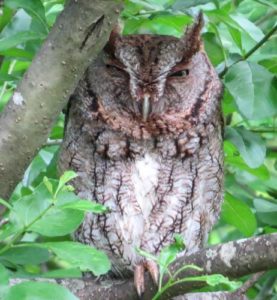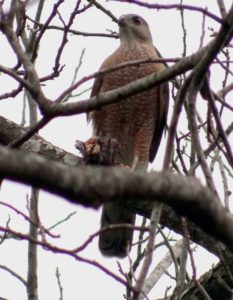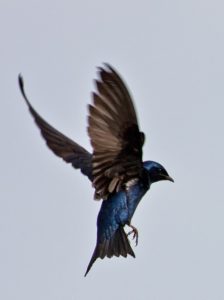Wildlife Wednesday: The Frogs Have Emerged!
With warmer temperatures and recent rain events, frogs are once again making themselves known in the park. We’ve been hearing them call, and last night we spotted a few of them calling and mating in the center fountain pond. Here’s a look at 3 of the species of native frog that we see most commonly in the park.
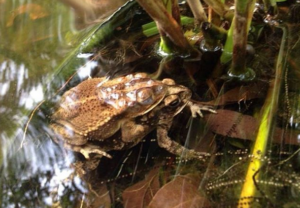 Gulf Coast Toads (Incilius nebulifer) are the most commonly seen yard frog in our area, that’s because, like most toads, they are
Gulf Coast Toads (Incilius nebulifer) are the most commonly seen yard frog in our area, that’s because, like most toads, they are
terrestrial and comfortable in leaf beds and gardens around the house. They’re also the most commonly seen frog in our park, found underneath rocks, logs, and boardwalks.
After heavy rains in warm weather, toads emerge and make their way to still freshwater in ponds, ditches, and temporary puddles to breed. The males call to the females with a loud continuous nasal trill (listen here). If the male is successful in attracting a female, the female allows him to engage her in a mating embrace (called “amplexus”). The female then lays her eggs, and the male fertilizes them. The leave the eggs behind, and offer no further parental care. Toads lay their eggs in long gelatinous strands, unlike other groups of frogs that lay their eggs individually on vegetation or in large glob-like masses.
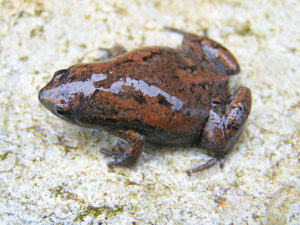
Eastern Narrowmouths (Gastrophryne carolinensis) have emerged from under logs and their underground borrows to sing their nasal sheep-like Mehhhhhhhh calls (listen here). These small arrowhead-shaped frogs feed mostly on termites and ants (and their larvae), thus the small pointy mouth. They spend most of their time under cover or underground, and really only become noticeable after heavy rains.
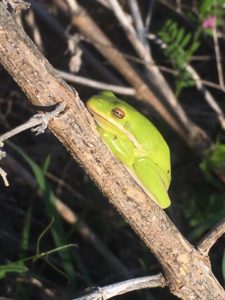 Another frog that one hears calling in the park occasionally is the Green Treefrog (Hyla cinerea), the only treefrog we really see in the park. Despite the name, these bright green frogs are found mainly in reeds, grasses, and other vertical vegetation along the edge of freshwater ponds and marshes. During warm Spring and Summer months the males sing a raucous chorus of nasal KWAK KWAK KWAK calls (listen here). We tend to hear and see them in the pocket prairie and along the edge of the Cypress Pond at the South end of the park.
Another frog that one hears calling in the park occasionally is the Green Treefrog (Hyla cinerea), the only treefrog we really see in the park. Despite the name, these bright green frogs are found mainly in reeds, grasses, and other vertical vegetation along the edge of freshwater ponds and marshes. During warm Spring and Summer months the males sing a raucous chorus of nasal KWAK KWAK KWAK calls (listen here). We tend to hear and see them in the pocket prairie and along the edge of the Cypress Pond at the South end of the park.
If you’re willing to endure the rain and a few puddles, come out and see if you can find some our common frogs around the park!
Feel free to write me, if you have any questions about local frogs or any other wildlife: eduran@naturediscoverycenter.org.
See you soon,
Eric Duran
Staff Naturalist
Photographs: Gulf Coast Toad (Toadies1 | Wikimedia, all others – Eric Duran, Nature Discovery Center); Eastern Narrrowmouth (Wandering Herpetologst | Flickr); Green Treefrog and Toad tadpoles and eggs (Eric Duran, NDC)

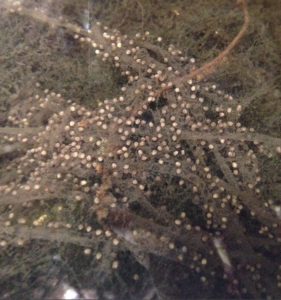


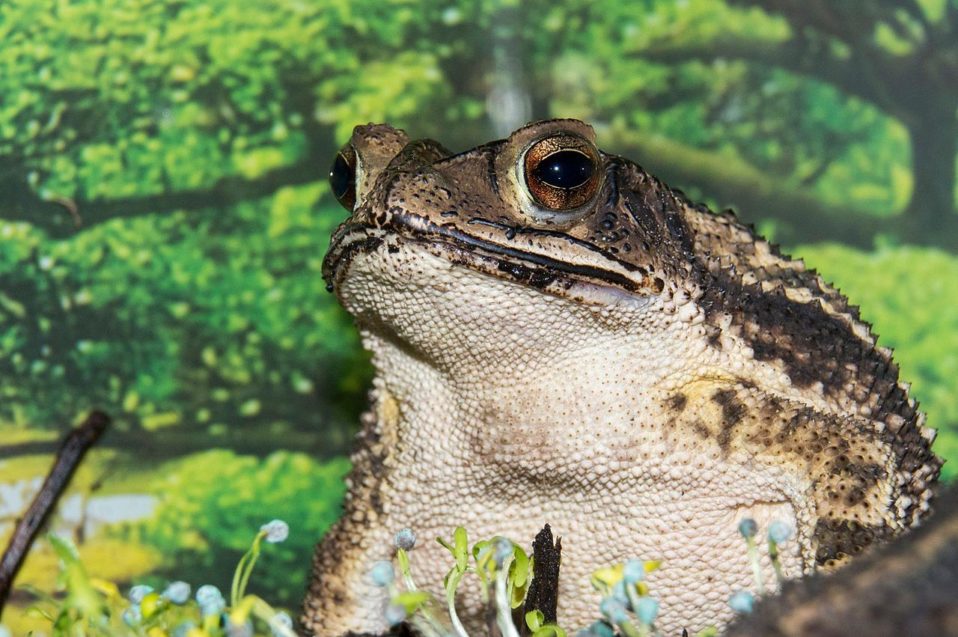
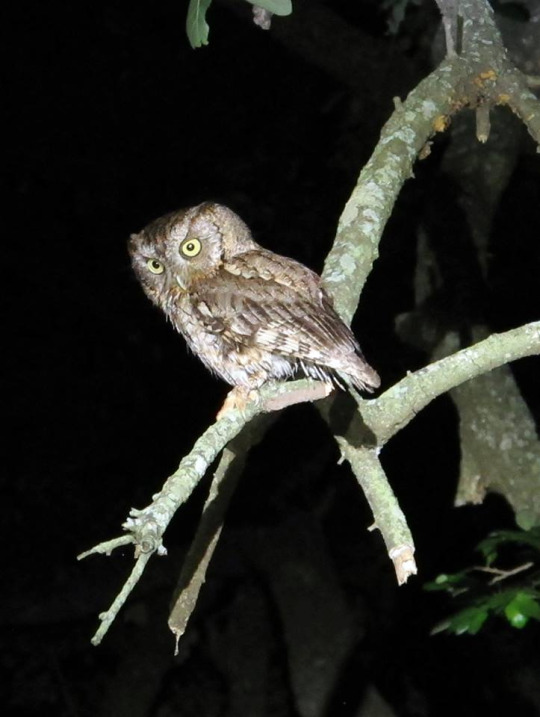
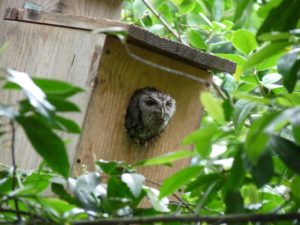 k.
k.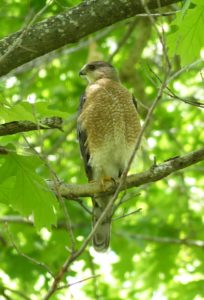
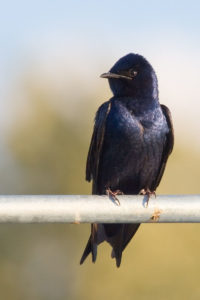 KEK KEK KEK KEK KEK KEK echoing out through the canopy of the trees.
KEK KEK KEK KEK KEK KEK echoing out through the canopy of the trees.